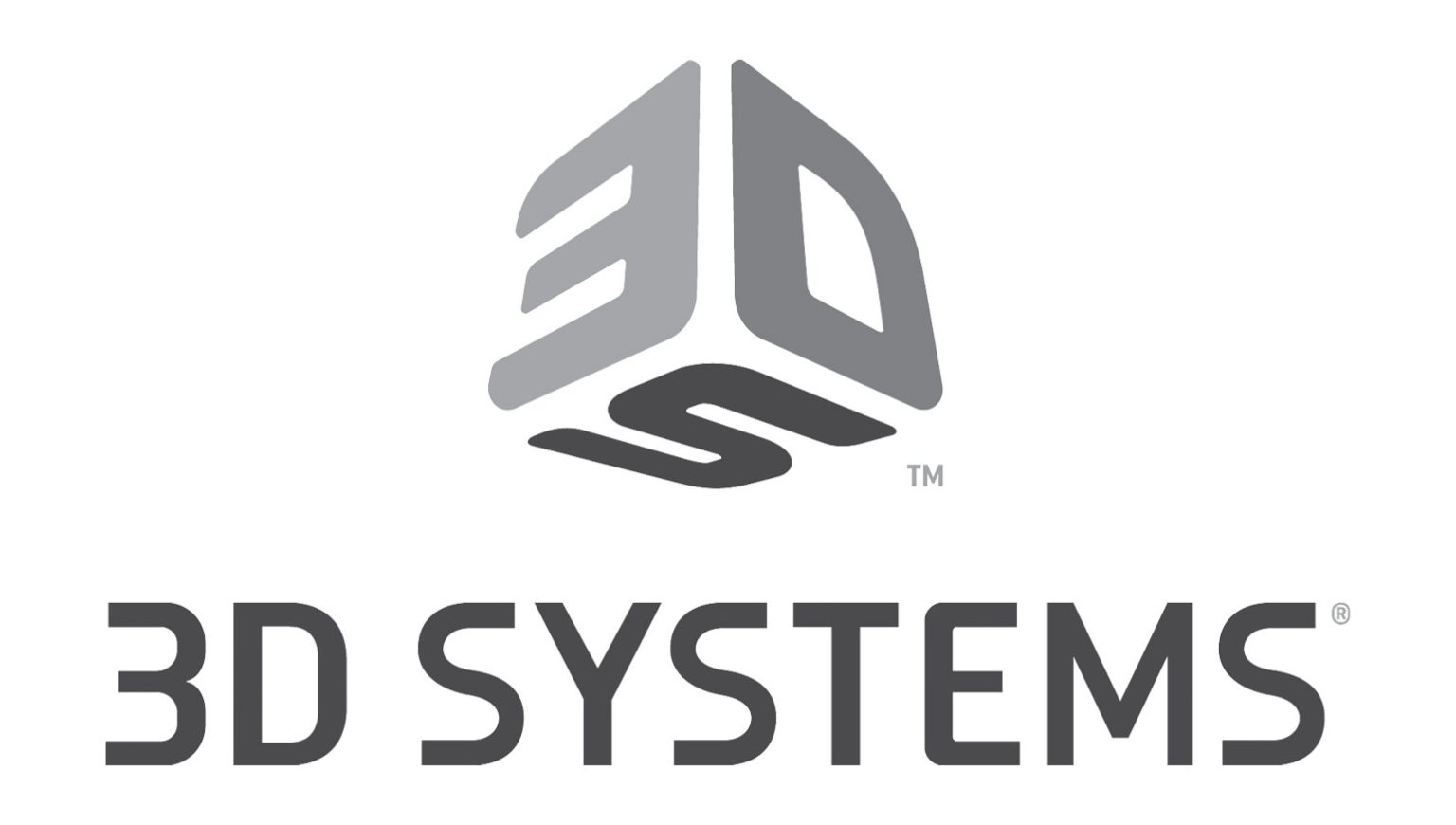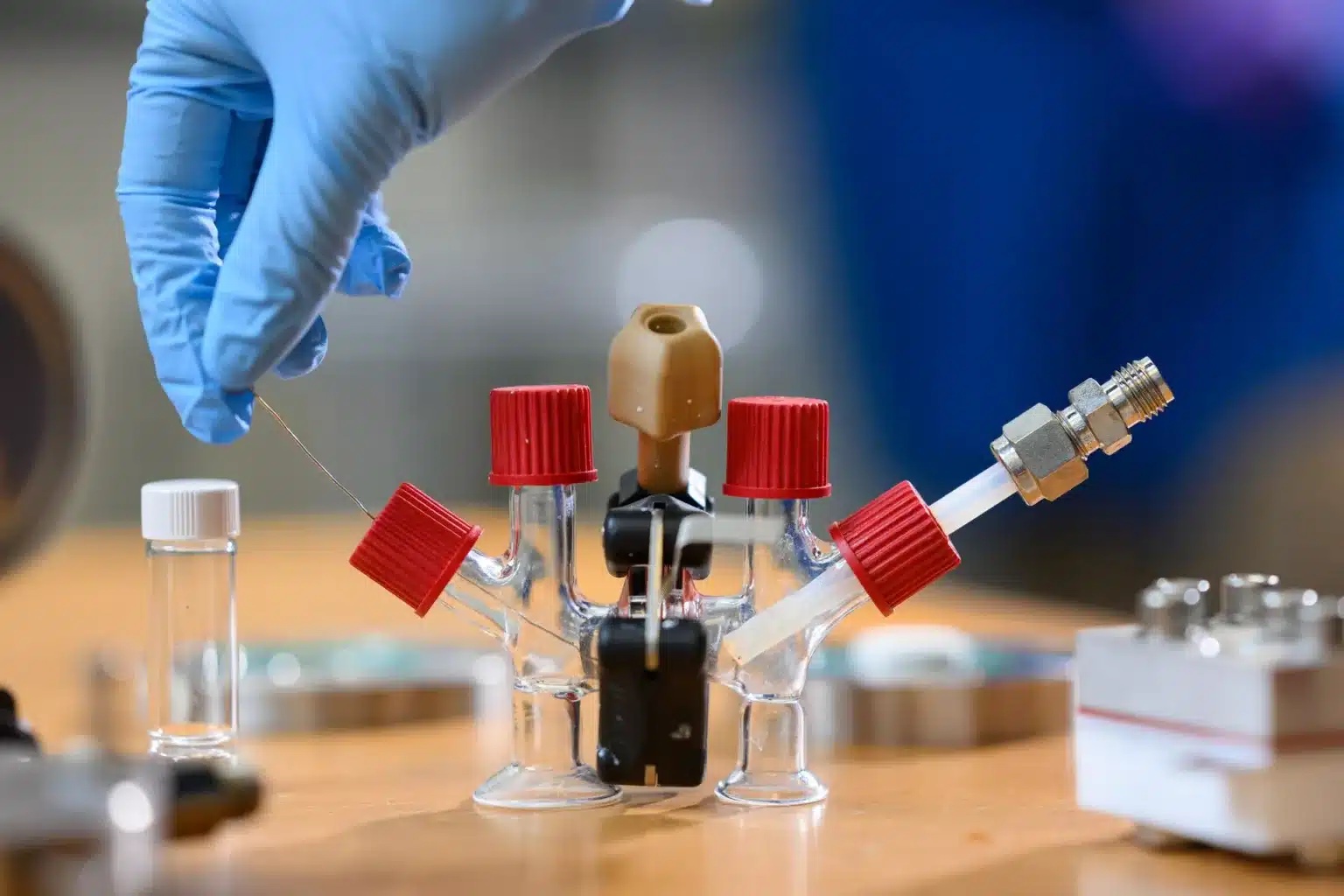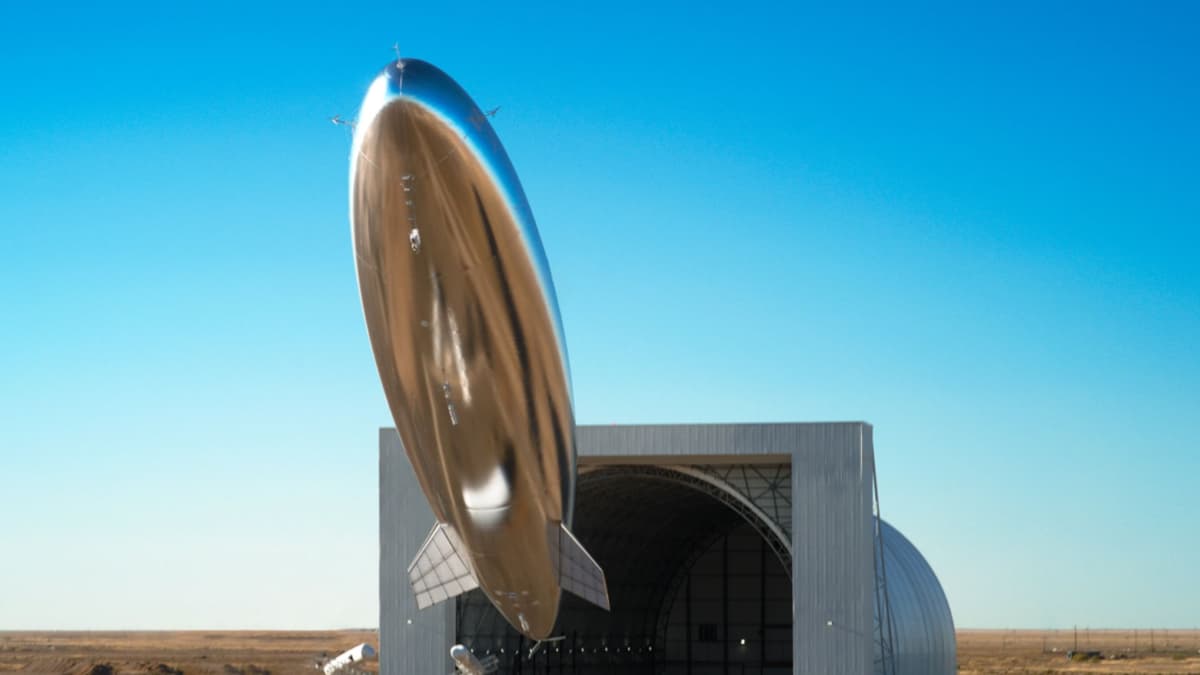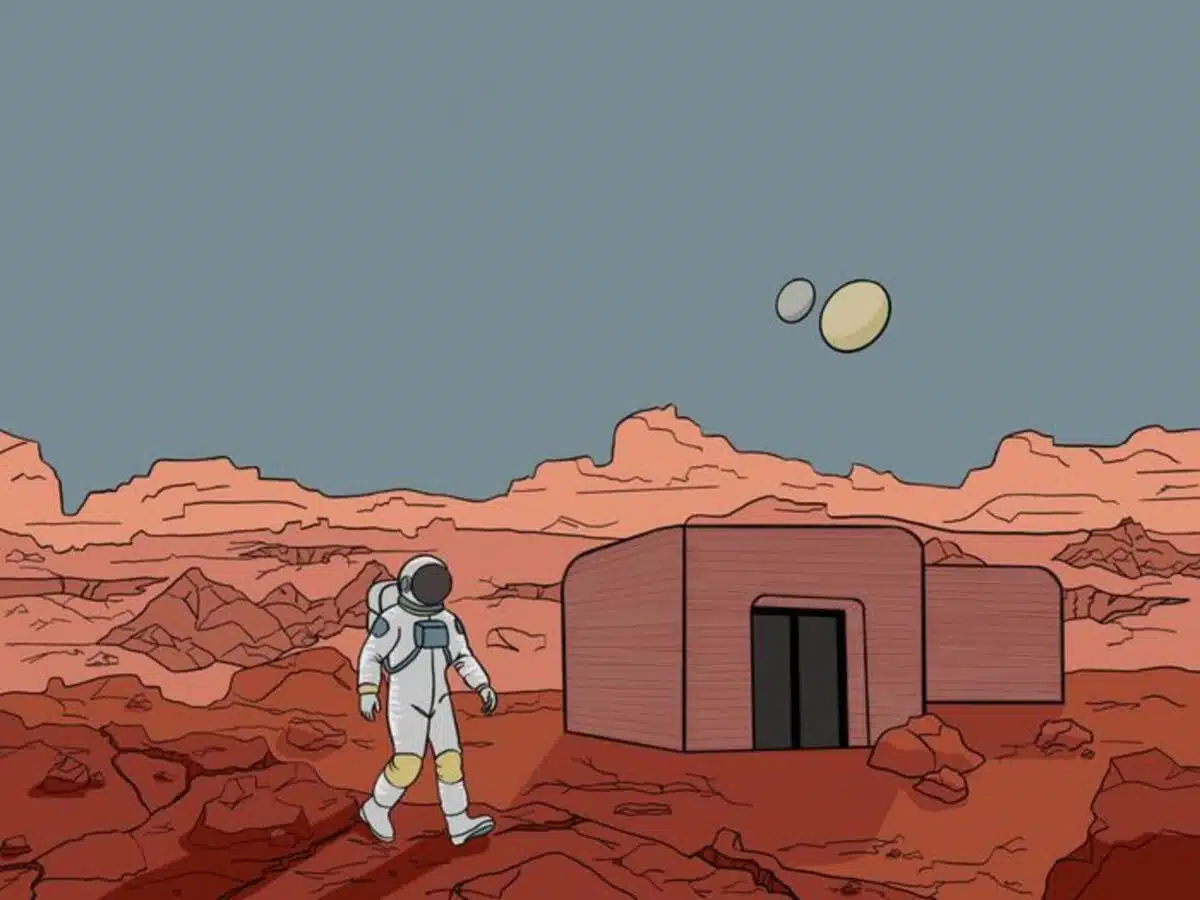Researchers from the University of Rochester and Rochester Institute of Technology (RIT) have successfully established a functional quantum communications network between their campuses using fiber-optic infrastructure. The system, named the Rochester Quantum Network (RoQNET), transmits data through single photons sent over 11 miles of optical fiber—operating at room temperature and using standard optical wavelengths.
RoQNET represents a significant step forward in the development of secure quantum communications, a technology that could redefine how sensitive data is transmitted. Quantum networks offer unprecedented security, as any attempt to intercept or copy quantum information would alter the data and be immediately detectable. This is achieved through the use of qubits, the fundamental units of quantum information. Among the various forms qubits can take—such as atoms, trapped ions, or diamond defects—photons are considered ideal for long-distance quantum transmission.
Continue reading… “Rochester Quantum Network Achieves Long-Distance Photon-Based Communication”












